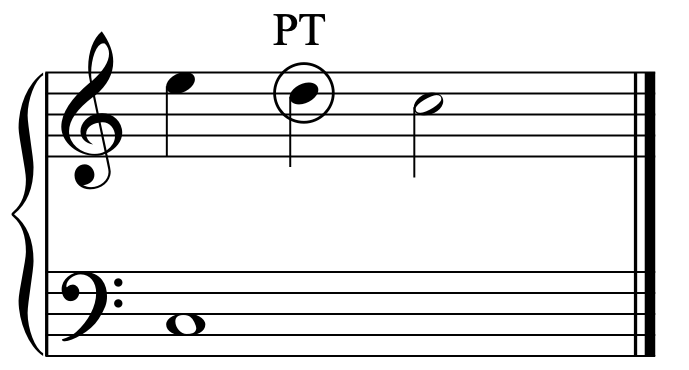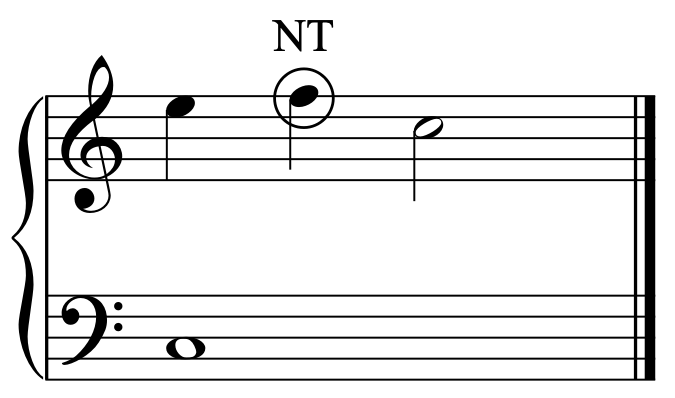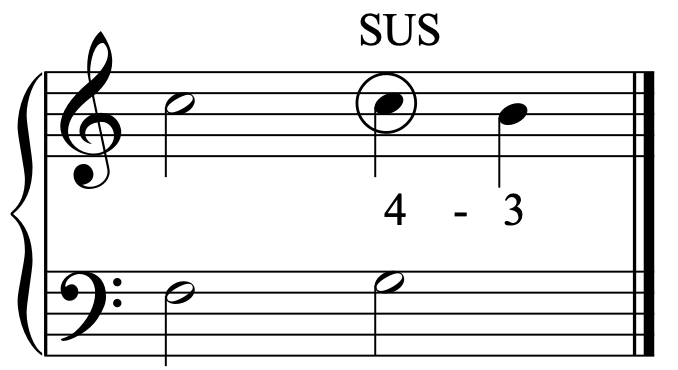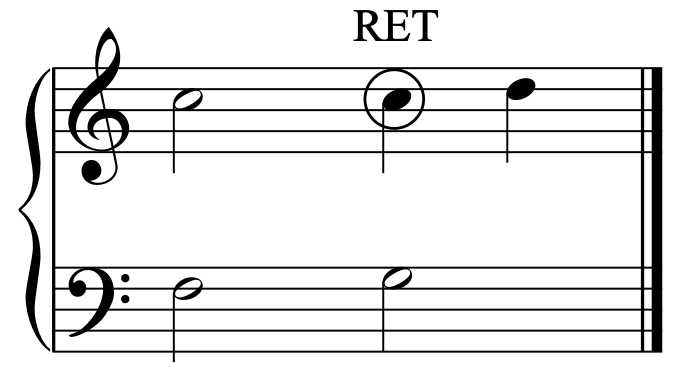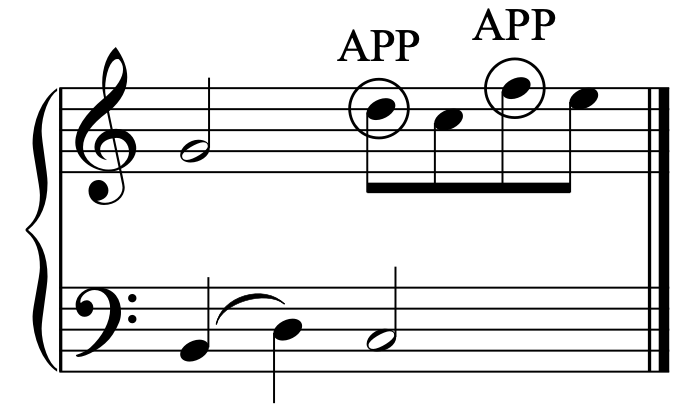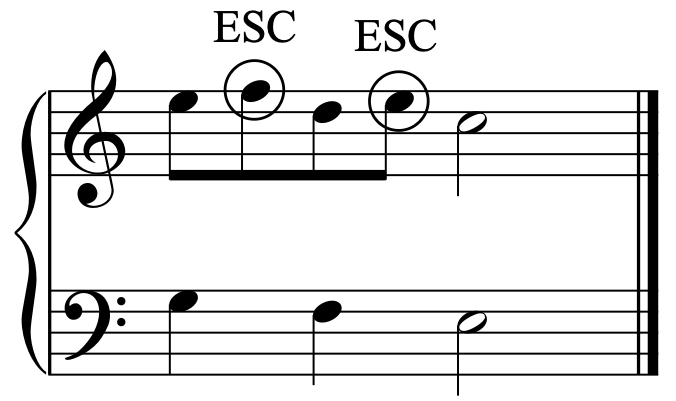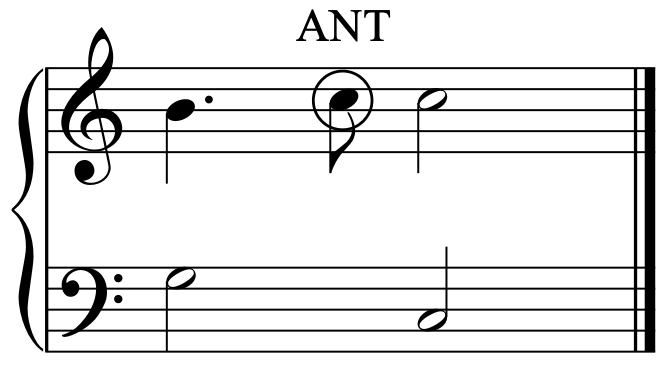Welcome to Living Pianos! I’m Robert Estrin. Today we’re going to explore something a bit different—something that gets to the heart of how we create and connect through music and art. Recently, Apple released an ad called ‘Crush,’ and it got a lot of people talking… but not in the way Apple intended.
In this ad, we see pianos, paints, cameras—all tools of creative expression—literally crushed by a massive hydraulic press, only for an iPad to emerge from the debris.
The message was clear: ‘You don’t need these tools anymore. The iPad can do it all.’ But this imagery—this destruction of instruments and artistic tools—struck a nerve with many musicians and artists. The ad has been called ‘tone-deaf’ and ‘insulting’ by those who see their creative tools as extensions of themselves, not just objects to be replaced by a screen. I think this ad reveals something deeper about where we’re headed as a society—away from the tangible, the physical, and the personal, toward an increasingly digital, disconnected world. And yes, the piano, an instrument that has inspired people for hundreds of years, is a casualty in this transformation. We’re seeing a shift where creativity is being funneled through screens, apps, and devices, often at the expense of the rich, tactile experience of creating music with our hands, on real instruments.
When you play the piano, you’re not just making sound.
You’re interacting with the wood, the felt, the hammers. The vibrations resonate in your body and in the air around you. It’s an organic, visceral experience that a digital interface simply can’t replicate. And this extends to many other art forms—painting, photography, sculpture. These are processes where the tools themselves influence the outcome, and that connection between artist and medium is becoming increasingly lost.
The concern here isn’t just about technology replacing tools—it’s about the mindset that comes with it.
The idea that a device like an iPad can replace centuries of artistic tradition might be convenient, but it also risks trivializing the depth of what it means to create. There’s a big difference between playing a note on a piano and tapping a virtual key on a screen. And that difference matters. It’s about the soul of the music. We’ve seen this play out already with music itself. Digital audio, streaming platforms, and MIDI technology have revolutionized how we make and consume music, but they’ve also led to a certain ‘flattening’ of creativity. Musicians are expected to do everything on their laptops—compose, record, mix, and master—without ever touching an actual instrument. The craftsmanship that goes into playing an instrument is being sidelined. And in a way, the piano is becoming a symbol of this shift—something that represents the tangible creativity we’re losing in the rush to go digital.
Don’t get me wrong—technology has its place.
Digital tools like the iPad can be incredibly powerful, offering accessibility and convenience that can be beneficial, especially for young creators. But the danger lies in thinking that they replace traditional creative tools. They’re just different. The piano, for example, is not just a means to an end; it’s an entire experience of expression. And that experience is something worth preserving. At the end of the day, creativity is about the connection between the artist and the medium. Whether it’s a piano, a paintbrush, or a camera, these tools have shaped the way we express ourselves for generations. Losing that connection in favor of digital convenience? That’s a loss we can’t afford.
I’d love to hear your thoughts on this. Is there a place for both traditional tools and digital technology in the future of art and music? Let me know in the comments here at LivingPianos.com and on YouTube! Thanks for joining me, and I’ll see you next time!
For premium videos and exclusive content, you can join my Living Pianos Patreon channel! www.Patreon.com/RobertEstrin
Contact me if you are interested in private lessons. I have many resources for you! Robert@LivingPianos.com



